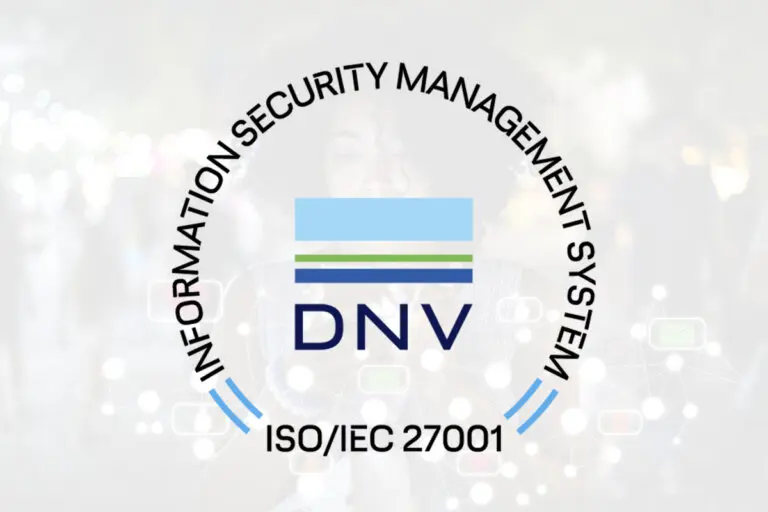As part of a recent QuandaGo webinar, we discussed how to turn customer insights into action with Mark van der Kruijssen, who works in Application Management at insurer DELA. Mark talked about the importance of data to DELA’s everyday business, the many ways the company uses data to improve its operations, and how making it easier for agents to leverage all data from a unified desktop helps improve both contact center efficiency and the customer experience.
Below is a recap of our conversation with Mark who offers some real-world examples, strategic advice and a view into what’s next for DELA’s customer experience!
Q1: Can you please tell us about DELA as a company, as well as your role with the company?
DELA is a cooperative with over 3 million members. We offer insurance and services, such as funeral insurance and funeral care services, as well as savings insurance and term life insurance. Our goal is to give our members a great customer experience service regardless of the channel they choose to engage with us and to ‘unburden’ them by making it easy to do business with us. For this reason, the customer contact center is very important for us and our business.
My role in the company focuses on business improvement for contact center applications, including process automation. My main objective is to improve and maintain our contact center systems, and to help with questions from my key stakeholders on how technology can better support our business. If the business wants some changes or improvements, I translate it to IT, and find a solution.
Q2: Can you talk about the role data plays in DELA’s business , just how critical is it?
As an insurer, it should be no surprise that customer data is critically important for us! For DELA, customer data is required and used across our business in more ways than ever before–and it stretches across the customer journey. This includes:
- Improving the Application Process: At DELA, the customer journey starts with the application process. By making customer data more easily accessible to our agents and automating steps in the process, we are able to deliver much faster response times in the application approval process. For example, by automating the collection of some health-related questions that are part of the application process, we were able to reduce the need for manual labor by 80% during this process.
- Automating ‘Manual’ Checks Performed by Agents: From an operational standpoint, we are now able to make a better use of data and automation to reduce the amount of work performed by agents overall, while also improving accuracy. This includes ensuring that customer due diligence is complete as part of the application process, and assisting agents with suggested actions and the completion of common application tasks. For this critical first step in the customer journey, automation helps us ensure we do not miss any required information, or leave it up to the agent alone to collect all the right compliance information.
- Better Predicting Contact Center Volumes and Resource Needs: With the data we have today–all in a central place–we can better plan our contact center workload, including knowing the expected interaction volumes and the staff required to maintain our service level objectives and business goals. For example, if we send out 100.000 customer emails, we can forecast what the impact is on our contact center traffic, and how many agents we need to handle the expected increase.
- Overall Process Improvement and Optimization: Another example is around improving contact center efficiency using what we call process mining. In this case, we are able to analyze what’s happening in the contact center, and look for ways to improve the customer experience with better information or automation of tasks for agents. This allows us to identify and take action on any customer experience problems or process issues that may come up much faster.
- Measuring Customer Satisfaction: DELA uses interaction data to measure customer satisfaction. We use metrics like NetPromoter score, and leverage the data to generate insights on customer satisfaction, and what actions we can take to improve.
As you can see from these examples, customer data is critical to DELA’s business and the overall customer experience today. And we only expect this trend to continue in the future.
Q3: Before moving to QuandaGo, what were some of the Customer Data Challenges that DELA was facing, and how did it impact agents and customers?
Before QuandaGo, we really lacked good insight into our customer interactions and engagement. We used a lot of different systems and even used Excel spreadsheets to track information and serve the customer. For our agents, there was a lot of manual administrative work required for very simple tasks.
Also, for our contact center management, there was a lack of insight on expected contact center interaction volumes and workloads, making it very difficult to plan ahead and run a cost-effective customer service operation.
Q4: Can you tell us a little more about the processes around getting this done, and what the customer journey involved before the QuandaGo solution?
In the old situation, the customer service agent had to get the information out of multiple systems, using multiple desktops. Because the information was not centralized and accessible in one system, the agents had to search for answers, and customers were forced to wait longer to get things done. Also, agents had limited visibility into previous interactions if a customer called back into the contact center. This forced agents to repeat questions and customers to re-tell their stories.
The administrative tasks previously required also took up a lot of agent time, and were costly for the company as a result. Automation helped here by offloading manual tasks for agents.
Q5: How is it different today for both your customers and agents, how has the customer experience changed?
With the help of QuandaGo’s dialogue management capability, our agents can now quickly go through the process and interactions needed to complete the insurance application process, for example. They now have easy access to a rich knowledge base that quickly helps suggest and provide answers to customer questions, with the ability to attach comments with each interaction for tracking and enabling a complete context of customer interactions. This enables agents to focus more on the customer and less on performing manual tasks.
Agents also have full context on the customer and where they are in the application process, so if a customer has multiple interactions with the call center there is no repeating of information or going backwards in the customer journey. Agents can also import the answers from the knowledge base directly into an email or letter to the customer to be more efficient and reduce mistakes during after call work.
The centralized data and unified desktop also reduces the need for training and makes is easy for multiple agents to work on the same customer journey.
Q6: Finally, what about the future, what’s next for the DELA customer experience?
In the future we want to automate more processes so our customer service agents can completely focus on our customer, spending less time on administrative work.
To learn more, check out this replay of the complete webinar.






